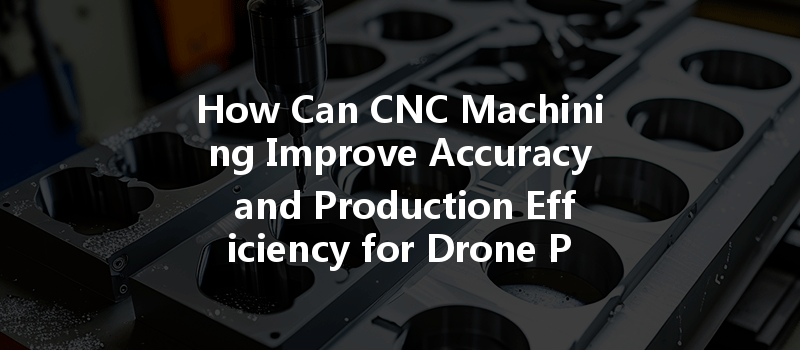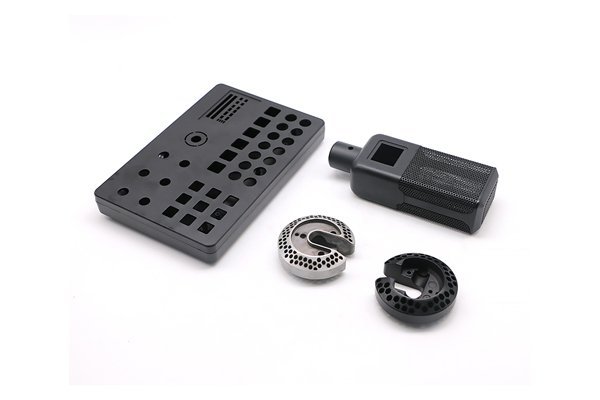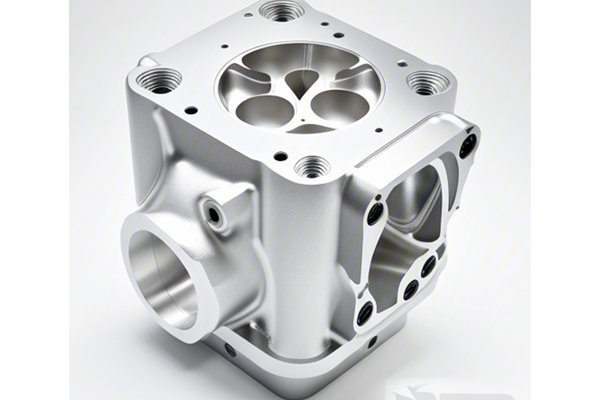In the realm of modern manufacturing, the pursuit of precision and efficiency has never been more critical, especially in the rapidly evolving industry of drone technology. The use of drones has surged in various sectors, including agriculture, surveillance, and logistics, leading to a growing demand for high-quality parts that meet stringent performance standards. This is where CNC (Computer Numerical Control) machining plays a pivotal role. At YL Machining, we understand the intricate relationship between advanced machining techniques and the enhancement of product quality, particularly when it comes to drone components. This article delves deep into how CNC machining can significantly improve both the accuracy and production efficiency of drone parts, offering insights and practical tips to optimize your manufacturing processes.
Understanding CNC Machining
CNC machining is a technologically advanced method utilizing computer-controlled tools to create complex parts with precision. Unlike traditional machining operated manually, CNC machining relies on programmed software to dictate the movement of machinery, allowing for intricate designs and exact specifications. This method has revolutionized manufacturing, particularly in the aerospace and technology sectors where minute tolerances and high performance are requisite.
The CNC Machining Process
The CNC machining process involves several key steps:
Enhancing Accuracy in Drone Manufacturing
Tolerances in Drone Parts
Drones require pars with extremely tight tolerances to ensure they function correctly. An error as small as a few microns can lead to significant performance issues. CNC machining is inherently precise, allowing manufacturers to achieve tolerances as low as ±0.005 mm. Accurate machining is critical for components like rotors, frame parts, and electronic housing, where even minor discrepancies can affect aerodynamics and payload stability.
Advanced Tools and Technologies
To achieve the required precision, CNC machining utilizes advanced tools such as:
Quality Control Measures
Implementing rigorous quality control measures is integral to ensuring the accuracy of manufactured parts. Techniques such as:
Boosting Production Efficiency
Streamlined Processes
CNC machining not only excels in precision but also in efficiency, transforming design ideas into tangible products rapidly. Key strategies to enhance production efficiency include:
Automation and Robotics

The incorporation of automation and robotics further streamlines CNC machining workflows. Automated loading and unloading systems can work alongside CNC machines to facilitate continuous production, minimizing human intervention and delays. Additionally, robot-assisted configurations for repetitive tasks can enhance output and free human operators to focus on more complex operations.
Job Scheduling and Workflow Optimization
Employing effective scheduling software can dramatically improve production workflows by:
Material Selection for Drone Components
Importance of Material Properties
Selecting the right material is crucial for ensuring that drone components can withstand varying operating conditions. Lightweight yet strong materials like aluminum alloys (e.g., 6061 and 7075) and advanced composites are often favored in drone design for their exceptional strength-to-weight ratios.
CNC Machining Materials Considerations
Addressing Common Challenges in CNC Machining for Drones
Managing Residual Stresses
During machining, residual stresses can develop in materials, potentially leading to deformation or failure under load. Implementing proper machining techniques, such as controlling cutting temperatures and using optimal feed rates, can mitigate these stresses.
Surface Finish Considerations
Surface finish is vital in components subjected to aerodynamic forces. CNC machining can achieve various surface finishes, ranging from rough to mirror-like, depending on application requirements. Post-machining treatments such as anodizing or coatings can enhance corrosion resistance and aesthetic appeal.
Quality Assurance Post-Machining
After machining, it’s essential to perform thorough inspections to ensure parts meet quality standards. Employing Non-Destructive Testing (NDT) methods can help detect hidden defects without causing damage, thus maintaining the integrity of drone components.
Case Studies: Success Stories in CNC Machining for Drones
Example 1: Drone Propulsion System Components
A drone manufacturer seeking to enhance propulsion efficiency turned to YL Machining for the production of high-precision components. Using 5-axis CNC machining, we achieved tolerances within ±0.002 mm, significantly improving the overall performance of the propulsion system while reducing weight through optimal material selection.
Example 2: Composite Drone Frames
To address the demand for lightweight yet rigid drone frames, we successfully utilized CNC machining to manufacture parts from carbon fiber composites. Our specialized routers and optimized machining strategies allowed for high-speed processing without compromising material integrity, enabling the client to rapidly prototype and scale production.
In the fast-paced world of drone technology, achieving high accuracy and production efficiency is paramount for success. CNC machining emerges as an indispensable tool for manufacturers looking to optimize their processes and meet the demanding requirements of drone parts. Through advanced techniques, material selection, and automation, companies like YL Machining can help elevate performance standards and drive innovation within the industry. As drone applications continue to expand, the benefits of CNC machining will undoubtedly play a critical role in shaping the future of this dynamic market.
—
This comprehensive exploration of CNC machining underscores the importance of precision and efficiency, serving as a guide for manufacturers seeking to enhance their capabilities in producing drone components. For more information on how YL Machining can assist your business, please reach out to our team of experts.






